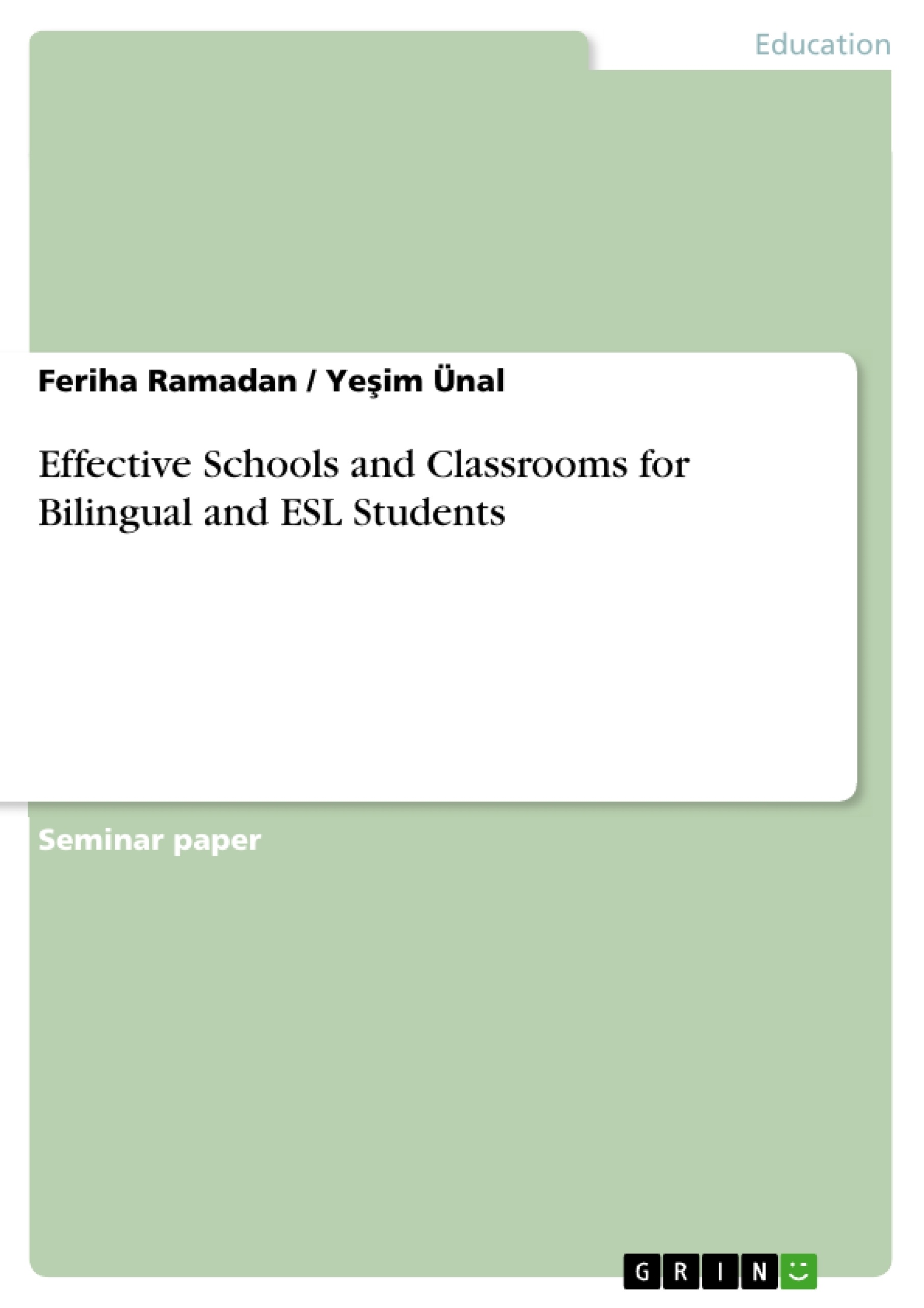The world is changing rapidly; people around the world are more interconnected than ever. They travel to all parts of the globe and communicate with each other for business, politics, social, academic and private purpose. Trade, ideas, knowledge, and technology flow from place to place, and a common language is essential to maintaining and improving the stream of communication (Nwaila 1997). All these trends have sparked great interest of second language learning all over the world. It seems that in this era, the mastery of a second language especially English as a Second Language, which is regarded as an international language in common use, is extraordinarily necessary. Based on this reality, many researches, aiming at finding the most efficient and effective way of learning English, have been conducted. Bilingualism has always been a hot topic in teaching English as a foreign language (EFL) and English as a second language (ESL) because bilinguals are present in every country of the world, in every social class and in all age groups.
Inhaltsverzeichnis (Table of Contents)
- Introduction
- Literature Review
- What are the Characteristics of Effective Learning Environment?
- Language of Instruction
- English Only Instruction
- Bilingual Instruction
- Using L1 in the Classroom
Zielsetzung und Themenschwerpunkte (Objectives and Key Themes)
This text aims to explore effective teaching strategies for bilingual and ESL students, examining the characteristics of effective learning environments and the role of the first language (L1) in the classroom.
- Effective learning environments for bilingual and ESL students
- The impact of motivation on language learning achievement
- Different approaches to language instruction (English-only vs. bilingual)
- The role and utilization of L1 in ESL/EFL classrooms
- Characteristics of effective bilingual schools and classrooms
Zusammenfassung der Kapitel (Chapter Summaries)
Introduction: This chapter sets the context by discussing the increasing importance of second language learning in a globalized world and the prevalence of bilingual students in classrooms worldwide. It highlights the need for research into effective teaching methodologies for these students.
Literature Review: This section reviews existing research on effective language learning, emphasizing the importance of classroom emotional climate, student motivation, and the characteristics of an effective learning environment. It discusses various definitions of learning environments, highlighting factors like physical environment, instructional arrangements, social situations, evaluation methods, and supportive services.
What are the Characteristics of Effective Learning Environment?: This chapter delves into the key features of effective learning environments, emphasizing real-world application of knowledge, teacher coaching, collaborative learning, and reflection. It stresses the balance between discovery learning and structured instruction.
Language of Instruction: This chapter examines different approaches to language instruction, distinguishing between teaching a language and teaching through a language. It explores various models, including English-only instruction (submersion, Canadian style, sheltered subject matter, structured immersion) and bilingual instruction (dual language approach). The role of L1 in instruction is discussed.
Schlüsselwörter (Keywords)
Effective learning environments, bilingual education, ESL instruction, language acquisition, student motivation, classroom climate, language of instruction, L1 use in the classroom, English-only instruction, bilingual instruction, immersion programs.
- Quote paper
- MEd Feriha Ramadan (Author), Yeşim Ünal (Author), 2009, Effective Schools and Classrooms for Bilingual and ESL Students, Munich, GRIN Verlag, https://www.grin.com/document/187079



